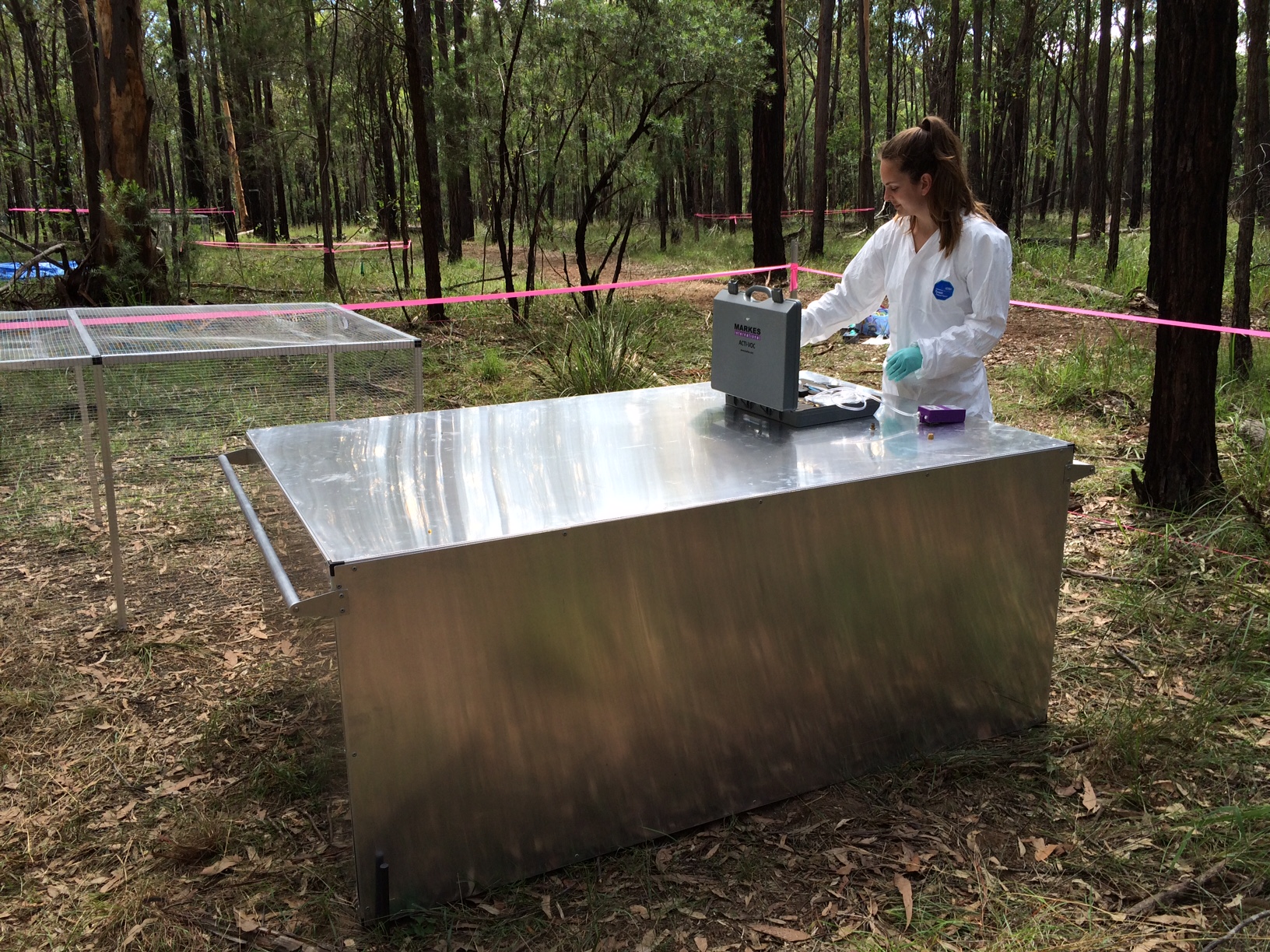Using science to solve war crimes
It’s not a job for the faint-hearted or the squeamish.
One of the many roles of forensic archaeologists is to assist in processing scenes of mass fatality, such as airline crashes, acts of terrorism or sites of mass graves. This line of study is being pursued at the Australian Facility for Taphonomic Experimental Research (AFTER), Australia’s first ‘body farm’.
Here, scientists study how the human body deteriorates in Australia’s unique climatic conditions, how different circumstances (whether the body is in the sun/shade, buried/surface, clothed/unclothed) affect the decomposition process, and how the smell of decay changes over time. All of the bodies have been specifically donated to the facility for use in medical research.
Australian scientists use the site to simulate a mass grave similar to those found throughout the world following periods of political, religious or ethnic violence such as in Argentina, Guatemala, Spain, the former Yugoslavia, Iraq and Syria. Dr Soren Blau, a forensic anthropologist who will head the study, said, ‘we know that with one individual [human decomposition] is complex, but when you add many individuals, the complexity becomes even greater’. Further understanding the decomposition process of co-mingled individuals in mass graves and the impact multiple bodies have on the surrounding environment may help forensic archaeologists detect and classify future mass grave sites.

The project will place six individuals in one grave and three more in another, in conditions similar to those used by war criminals. One grave will be created with machinery and the other will be dug by hand in order to replicate real-world scenarios.
It is hoped that the findings from the research—which will take three years—will assist investigators locate mass graves and researchers to examine and assess remains, ultimately aiding the prosecution of war criminals.





